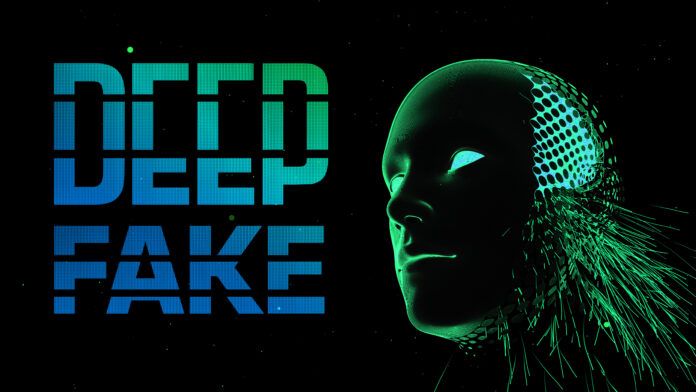A sophisticated deepfake scam targeting cryptocurrency investors has emerged in Hong Kong, exploiting the likeness of tech billionaire Elon Musk to deceive victims. The incident highlights the growing threat of deepfakes in perpetrating financial fraud and the need for enhanced vigilance and security measures.
Deepfakes Strike Again: Elon Musk Impersonated in Hong Kong Cryptocurrency Scam
Deepfake technology, which leverages artificial intelligence to generate convincing synthetic media that mimics real individuals, has become an increasingly prevalent tool in cybercrime. This technology’s potential for harm was recently illustrated in Hong Kong, where scammers orchestrated a crypto scam by creating a deepfake video of Elon Musk, CEO of Tesla and SpaceX.
The scammers distributed a deepfake video across social media and messaging platforms, in which the fabricated Musk promoted a non-existent cryptocurrency investment opportunity. This sophisticated deception not only appeared credible due to the realistic portrayal of Musk but also succeeded in duping investors into substantial financial losses.
This incident is a stark reminder of the evolving capabilities of deepfake technology and its use in crafting highly persuasive scams. The technology’s potential to fabricate audio and video recordings makes it a potent instrument for manipulation, posing serious challenges to both individuals and institutions.
Why It Matters
The employment of deepfakes in financial scams represents a significant threat to personal security, business integrity, and the broader financial ecosystem. With the advancing accessibility and sophistication of deepfake technology, distinguishing authentic from manipulated content is increasingly challenging, facilitating scammers’ ability to mislead the public and evade detection.
Potential Implications Of Using Deepfakes
To combat the rising menace of deepfake-related fraud, a comprehensive strategy involving multiple stakeholders is essential:
- Enhanced Public Awareness: Public education on the dangers of deepfakes and tips for recognizing altered content is critical. Awareness campaigns can empower individuals to critically evaluate the authenticity of information they encounter online.
- Technological Advancements: Investment in developing more sophisticated detection techniques and authentication tools is crucial. These technologies can help verify the integrity of digital content, enhancing security across digital platforms.
- Legal and Regulatory Frameworks: Strengthening legal measures against the malicious use of deepfakes and establishing clear penalties for offenders are necessary to deter misuse. Additionally, crafting policies that mandate accountability for platform operators in monitoring and controlling fake content can further protect consumers.
- Collaboration and Information Sharing: Encouraging cooperation among tech companies, law enforcement, and financial institutions is vital. This collaboration can improve the detection and rapid response to deepfake scams, mitigating potential damages.
What Next?
As deepfake technology continues to evolve, so does the complexity of the threats posed by its misuse. The global impact of these technologies necessitates international cooperation and proactive measures to safeguard against the malicious use of AI in perpetrating fraud and misinformation.
Source: Business Insider


